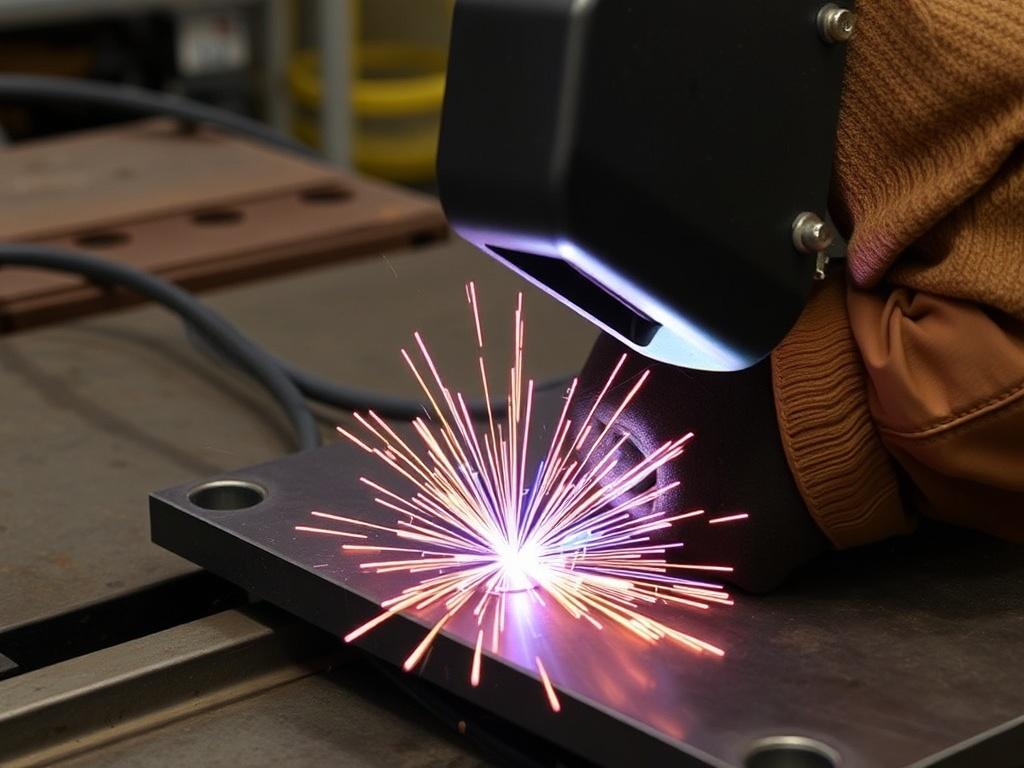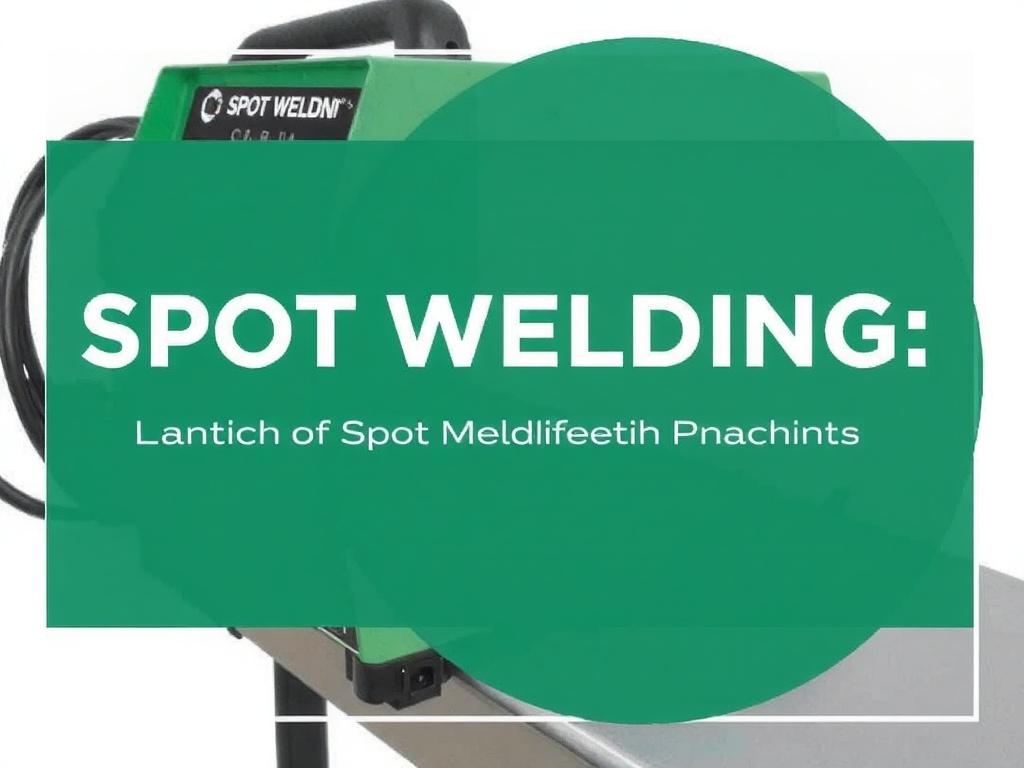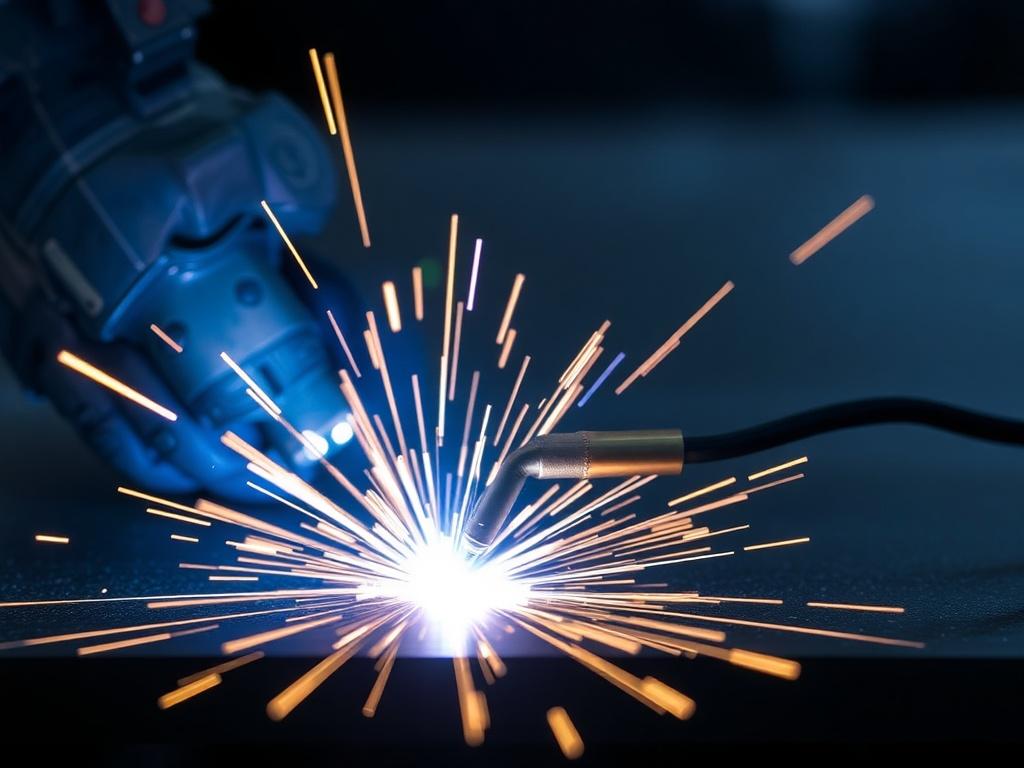
When it comes to joining sheet metal quickly and reliably, spot welding is often the go-to solution for manufacturers, fabricators, and engineers. This technique has been a cornerstone of industries like automotive, aerospace, appliances, and construction for decades. But what exactly is spot welding? How does it work? Why is it considered so fast and efficient for sheet metal applications? And what are the best practices and tips to get the most out of this powerful process?
In this comprehensive article, we’ll explore every corner of spot welding, breaking down the science, equipment, advantages, challenges, and practical considerations. Whether you’re a seasoned pro looking to refresh your knowledge or a curious newcomer exploring joining methods, you’ll find plenty of valuable insights here. Let’s dive in!
Understanding Spot Welding: The Basics

Spot welding is a type of resistance welding that involves joining two or more pieces of sheet metal by applying pressure and passing an electric current through the contact area. In simple terms, a pair of electrodes clamps the metal sheets and sends a high electric current, generating heat due to electrical resistance. This heat melts the metal locally and creates a small weld nugget that fuses the sheets when cooled.
One of the key reasons spot welding is so popular is that it creates a solid joint extremely quickly, often in a fraction of a second. This speed, combined with automation potential and relatively low cost, makes spot welding a staple for high-volume manufacturing.
The Science Behind Spot Welding
Resistance heating occurs when electric current flows through a conductor with resistance. In spot welding, the metal sheets act as the resistors. Since the electrodes clamp the sheets tightly, the current flows exactly where the metal pieces touch. The resistance generates heat, raising the temperature until the metal melts and forms the weld.
The welding parameters include current, electrode force, weld time, and electrode tip geometry. All of these influence the quality and strength of the weld spot. If the current is too low or the weld time too short, the weld might be weak or incomplete. Too much current or too long a weld time can cause burn-through or electrode degradation.
Key Components of a Spot Welding Setup
To better understand this process, let’s look at the main components in spot welding:
- Electrodes: These conductive tips clamp the metal sheets and deliver current exactly where needed.
- Power Supply: Usually a transformer-based source to deliver high current pulses.
- Welding Head: Houses the electrodes and applies controlled pressure.
- Control System: Regulates timing, current, and force for consistent welds.
- Workholding Fixtures: Ensure precise placement and positioning of the sheet metal.
Advantages of Spot Welding for Sheet Metal
Spot welding offers many benefits, especially when working with sheet metal. Its speed, efficiency, and adaptability make it highly attractive to manufacturing operations of all sizes. Let’s break down some of the most important advantages.
1. Fast and Efficient Joining
Because spot welding produces a weld within milliseconds to a few seconds, it greatly accelerates production. Multiple welds can be applied rapidly without waiting for cooling like some traditional methods. This speed saves money and time, especially for large production runs.
2. Cost-Effective and Minimal Consumables
Spot welding requires no filler metals, flux, or additional materials, unlike processes such as MIG or TIG welding. The consumable part is usually the wear on the electrode tips, which is relatively low cost. Additionally, with no need for surface preparation like flux application, cleaning time is reduced.
3. Strong and Durable Joints
When properly executed, spot welds form robust nuggets that can endure mechanical stresses and vibrations. This is why the automotive industry, which requires joints to withstand various forces, heavily relies on spot welding for the vehicle body assembly.
4. Automation Ready for High-Volume Production
Spot welding easily integrates with robotic arms and conveyor systems, offering consistent and repeatable welds. Automated spot welding cells reduce labor costs and improve safety by limiting human interaction with hot surfaces and electric currents.
5. Minimal Distortion of Sheet Metal
Because heat is localized to the weld spot and the process is so rapid, distortion and warping of thin sheet metals are minimal compared to other methods with longer heat cycles.
Spot Welding vs Other Sheet Metal Joining Techniques
Spot welding competes with a variety of other joining methods when it comes to sheet metal. How does it compare to riveting, adhesive bonding, or other welding techniques?
Comparison Table: Spot Welding vs Other Methods
| Joining Method | Speed | Joint Strength | Cost | Complexity | Heat Affected Zone |
|---|---|---|---|---|---|
| Spot Welding | Very Fast | High | Low | Simple | Minimal |
| Riveting | Moderate | Moderate | Moderate | Moderate | None |
| Adhesive Bonding | Slow to Moderate | Moderate | Variable | Moderate | None |
| MIG Welding | Moderate | High | Higher | Complex | Wide |
| TIG Welding | Slow | High | Higher | Complex | Wide |
As you can see, spot welding stands out for its speed, low cost, and strong joints with minimal heat effects, making it uniquely suited for sheet metal joins requiring efficiency and reliability.
Common Applications of Spot Welding
Due to its advantages, spot welding enjoys widespread use across many industries:
- Automotive Manufacturing: Joining body panels, chassis components, and structural reinforcements.
- Appliances: Assembling washing machines, refrigerators, ovens, and other household devices.
- Aerospace: Fabricating lightweight structural elements from thin aluminum alloys.
- Electronics: Joining thin films, connectors, and enclosures.
- Construction: Fabricating metal frames, ducts, and architectural components.
Each of these applications benefits from spot welding’s speed, quality, and minimal thermal distortion, allowing precise and efficient production workflows.
Types of Spot Welding Machines

Understanding the different types of spot welding machines helps in selecting the best tool for a job. Here’s a breakdown of the most common types:
1. Pneumatic Spot Welders
These machines use air pressure to control electrode force. Typically, smaller and less expensive, pneumatic welders are common for lighter gauge sheet metal applications. They are ideal where moderate welding force and quick cycles suffice.
2. Hydraulic Spot Welders
For heavier gauge metals or applications requiring higher welding force, hydraulic spot welders are preferred. They offer powerful, steady pressure controlled by hydraulic systems, producing strong welds on thicker materials.
3. Servo Spot Welders
Servo-driven machines combine precise electric motor control with mechanical advantage to offer customizable force and rapid electrode positioning. These are highly flexible and energy efficient, suitable for advanced manufacturing setups.
4. Capacitor Discharge Spot Welders
Specialized equipment that delivers extremely fast energy pulses by discharging stored capacitor power, often used for very thin materials or delicate electronic components where minimal heat input is critical.
Key Parameters Influencing Spot Welding Quality
Spot welding is deceptively simple but achieving strong, reliable welds requires controlling several parameters meticulously. Here are the key factors:
- Welding Current: Must be balanced to heat the metal without causing burn-through or excessive electrode wear.
- Electrode Force: Adequate pressure ensures good electrical contact and containment of molten metal.
- Weld Time: Duration of current flow; too short leads to weak welds, too long can cause overheating and distortion.
- Electrode Tip Condition and Shape: Worn electrodes reduce contact quality and increase heat loss; proper shape focuses current precisely.
- Material Thickness and Type: Different metals and thicknesses affect resistance and required parameters.
Monitoring and controlling these factors within a welding schedule or program is essential for process stability and repeatability.
Common Challenges and How to Overcome Them
Spot welding, despite its advantages, is not without challenges. Here are some common issues and practical tips for resolving them:
1. Electrode Wear and Deformation
Electrodes degrade over time due to heat, pressure, and metal splatter. Regular maintenance, dressing or replacing electrode tips ensures consistent weld quality and extends tool life. Using copper alloys with good thermal conductivity can reduce wear.
2. Insufficient Weld Strength
Weak welds can result from low current, short weld time, or poor electrode force. Testing and parameter optimization for specific materials and thicknesses are vital. Using destructive and non-destructive testing helps verify strength.
3. Surface Contamination
Oil, dirt, rust, or coatings increase resistance unpredictably, harming weld quality. Proper cleaning and preparation of sheet metal surfaces before welding is highly recommended.
4. Excessive Heat and Distortion
While spot welding generates less heat overall compared to other methods, excessive current or prolonged weld time can cause local burn-through or distort thin sheets. Careful parameter tuning and cooling cycles help mitigate this.
5. Misalignment of Sheets
Incorrect positioning or variation in thickness leads to inconsistent weld nuggets. Use precision fixturing and robotic automation where possible for best results.
Spot Welding Safety Considerations
As with any industrial process involving high currents and heat, spot welding requires attention to safety:
- Electrical Safety: Proper insulation, grounding, and maintenance of power supplies prevent electrical hazards.
- Eye Protection: Use safety glasses or shields to guard against sparks or molten metal.
- Heat Protection: Gloves and protective clothing shield operators from hot surfaces.
- Ventilation: Some spot welding operations generate ozone or fumes; adequate ventilation is necessary.
- Training: Operators should be trained in machine operation, emergency stops, and maintenance.
Step-by-Step Guide to Performing Spot Welding
If you are new to spot welding or want to optimize your process, follow these essential steps:
- Prepare Workpieces: Clean the sheet metal surfaces to remove contaminants.
- Set Parameters: Choose appropriate current, force, and weld time based on metal type and thickness.
- Position Sheets: Stack the sheets precisely and place into the welding fixture or machine.
- Close Electrodes: Apply electrode force by clamping the sheets firmly.
- Activate Weld: Deliver the electric current pulse for the specified weld time.
- Release Pressure: Allow the weld nugget to solidify under electrode pressure before opening electrodes.
- Inspect Weld: Check visually and, if needed, perform mechanical testing or electrical continuity tests.
- Repeat: Move to next weld location, adjusting parameters if necessary.
Future Trends in Spot Welding Technology

Spot welding continues to evolve with technological advancements. Here are some exciting trends shaping the future:
1. Advanced Robotics and Automation
Enhanced robotic systems equipped with vision systems and AI improve precision and adaptability of spot welding stations, reducing errors and increasing throughput.
2. Smart Welding Monitoring
Real-time sensors and data analysis allow immediate feedback on weld quality, ensuring defects are detected and corrected instantly.
3. New Electrode Materials
Research into superior electrode alloys and coatings promises longer electrode life and better heat management.
4. Hybrid Welding Methods
Combining spot welding with ultrasonic or laser welding to tackle new materials and complex joint requirements.
Summary: Why Spot Welding Remains a Go-To Method for Sheet Metal
Spot welding’s combination of unmatched speed, cost-effectiveness, and reliability makes it a fundamental process in joining sheet metal. Its low heat input preserves material properties and reduces distortion, while the simplicity of equipment ensures ease of maintenance and integration with automated lines.
Any fabricator or engineer working with sheet metal would do well to understand the nuances of spot welding—how to optimize parameters, maintain equipment, and troubleshoot challenges—to fully leverage its benefits. With continuous innovations and growing applications, spot welding’s future looks just as bright and efficient as its past.
Thanks for reading this deep dive into spot welding! If you have questions or want to share your experiences with spot welding, feel free to leave a comment or reach out.
